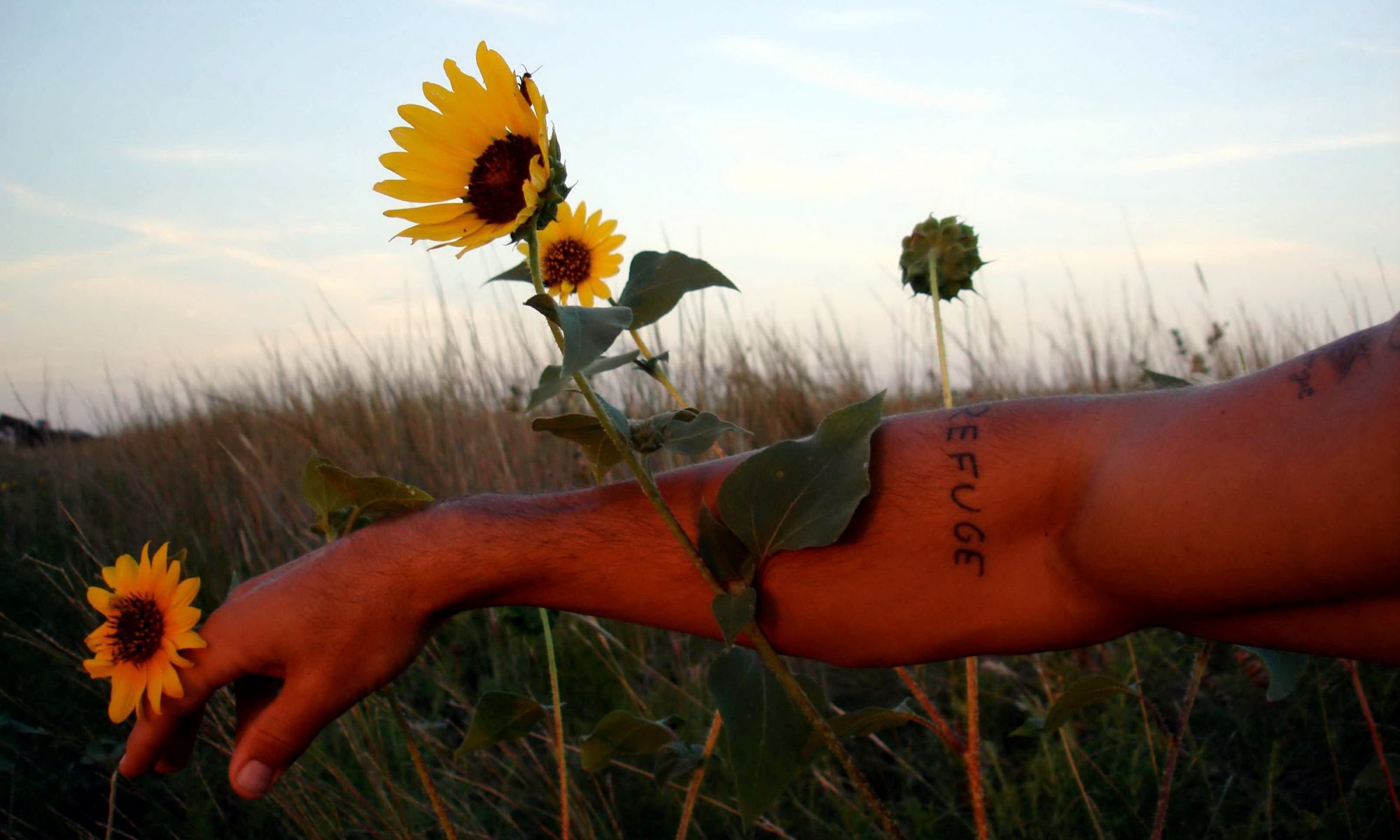Green Marketing Really Has Gone Mainstream
by Jacquelyn Ottman July 21, 2009 for Harvard Business Review [http://blogs.hbr.org]
 At the Sustainable Brands ’09 conference in Monterey earlier this month, I couldn’t help noticing how far green marketing has come since I started my consulting business in 1989. Back then, we didn’t call what we did “sustainable branding” — we practiced “environmental” or simply “green” marketing. And we didn’t have a conference to go to in Monterey!
At the Sustainable Brands ’09 conference in Monterey earlier this month, I couldn’t help noticing how far green marketing has come since I started my consulting business in 1989. Back then, we didn’t call what we did “sustainable branding” — we practiced “environmental” or simply “green” marketing. And we didn’t have a conference to go to in Monterey!
The shift reflects the fact that the target demographic for green marketing is not the “educated women, 30-49, with children” of yesteryear, but one of many possible segments of a dynamic consumer base that now embraces 66% of all U.S. adults. Twenty years ago, many green ads featured daisies, babies, or images of the Earth from space. Thankfully, those have all but vanished today. Take the cleaning category as an example; Method pitches its soap to hip twentysomethings. With a combination of artsy package design, contemporary scents, and green certifications, they attempt to convince skeptical consumers that their dishwashing liquid is not their mother’s Palmolive.
Where marketers used to lump all “green customers” together into one indistinguishable, hemp-clad crowd, they now focus on differentiating amongst many shades of eco-minded buyers. But back in the late 1980s and early 1990s, green brands were fairly one dimensional — literally. A product made news if it had just one green attribute. Continuing with laundry and cleaning products as a case in point, Procter & Gamble’s Downy fabric softener refill literally made marketing headlines. Many products that were touted as environmentally superior were simply familiar mainstream brands that had been “greened up” — Tide bottles were made of recycled content and the detergent inside labeled as “biodegradable.”
Today’s customers are more demanding. With green marketers having sullied their images with all manner of greenwashing, today’s communications are likely to be accompanied by one or more of the 299 ecolabels offered by trusted third parties — NGO’s, environmental groups, retailers, and government agencies — and even “self declarations” provided in the interest of “transparency,” another rising theme. In Monterey, for instance, the Clorox brand manager boasted of his company’s recognition from the U.S. EPA’s Design for Environment labeling program, as well as an endorsement from the Sierra Club. His competitor from S.C. Johnson pointed to his company’s website where consumers can find a list of ingredients for many of their brands.
Simple product labels and ingredient lists, however, are no longer enough. While green marketing has moved well beyond brands that appeal to the “deep green” niche, at the same time the relationship-building tools of social media allow marketers to tap into a gold mine of passionately green customers for market research tidbits. Seventh Generation, the granddaddy of green cleaning products, has an “Inspired Protoganist” blog and a “Seventh Generation Nation” social network on its website with thousands of members providing feedback and suggesting new product ideas. Method has its own Facebook page complete with a wall of comments from many of their over 6,000 “fans” and a Twitter following of over 2,000 users. Not bad for soap.
Where once green cleaners gathered dust on health food store shelves, contemporary sustainable branders are finding an exciting new market opportunity in the mainstream. In the cleaning category, it’s hard to get more mainstream than Clorox. Clorox’s Greenworks line is being fueled as much by its well-known brand name as it is by the same natural ingredients that characterize so many other green brands on the shelves. The Clorox rep in Monterey announced sales and market share increases even in the face of a recession, declaring that GreenWorks now represents 45% of the natural cleaning category, muscling out the venerable, “deep green” Seventh Generation, which was introduced, well, twenty years ago.
Jacquelyn A. Ottman is president, J. Ottman Consulting, Inc., an NYC-based green marketing and eco-innovation firm whose clients include several Fortune 500 companies. She is the author of Green Marketing: Opportunities for Innovation. She can be reached at info@greenmarketing.com

